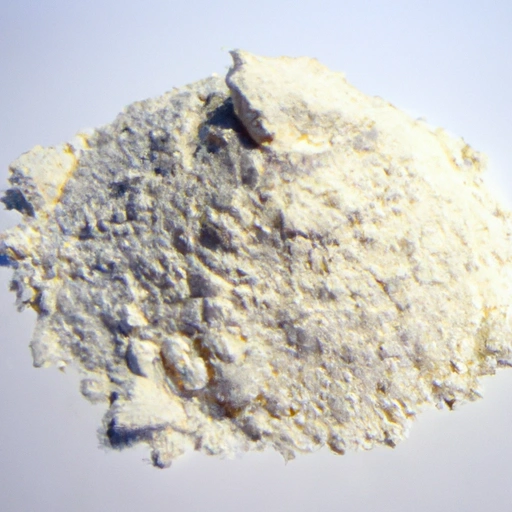Water Chestnut Flour
Description

Water chestnut flour, also known as water chestnut starch, is derived from the ground, dried water chestnuts. The flour is a fine, powdery substance that is primarily used as a thickening agent in various recipes. It is a popular ingredient in Asian cuisine, especially within Chinese cooking. It is gluten-free and thus an excellent alternative for those with gluten sensitivities or celiac disease. The flour is not only used for thickening sauces and soups but also as a batter for deep-frying and in making dough for dumplings and pastries. In recipes, water chestnut flour can be measured using various units, including ounces (oz), grams (g), cups (c), and milliliters (ml), catering to cooks from American, European, and Asian backgrounds.
Common uses
Water chestnut flour is frequently used as a thickener for sauces, gravies, and soups. It is also a common coating for deep-fried foods, providing a crispy texture. Additionally, it is used in the preparation of various Asian sweets and desserts, including puddings and cakes.
Nutritional value
Calories
Water chestnut flour is relatively low in calories, making it a suitable ingredient for those managing their caloric intake.
Protein
The flour contains a modest amount of protein, contributing to its nutritional profile.
Fat
It is low in fat, which can be beneficial for heart health and weight management.
Carbohydrates
Rich in carbohydrates, water chestnut flour provides a quick source of energy for the body.
Vitamins
While not a significant source of vitamins, it does contain small amounts of certain B vitamins.
Minerals
Water chestnut flour contains minerals like potassium, which is essential for maintaining healthy blood pressure levels.
Health benefits
As a gluten-free ingredient, water chestnut flour is a safe option for those with gluten intolerance or celiac disease. Its low-fat content may also aid in promoting heart health, while its high fiber content can support digestive health. Additionally, the potassium found in the flour can contribute to cardiovascular health by helping to regulate blood pressure.
Potential risks
While water chestnut flour is generally considered safe for consumption, individuals with specific allergies to nuts may want to consult with a healthcare provider before incorporating it into their diet. As with any ingredient, moderation is key, and excessive consumption may lead to unwanted digestive issues due to its high fiber content.
Common recipes
Some common recipes that use water chestnut flour include Chinese steamed cakes, stir-fry dishes as a thickener, and various gluten-free baked goods.
Cooking methods
Cooking methods involving water chestnut flour often include steaming, baking, and frying. It is known for its resistance to sogginess when used as a coating for fried foods.
Pairing with other ingredients
Water chestnut flour pairs well with meats, seafood, and vegetables. It also complements sweet flavors in desserts, working nicely with fruits like mango and coconut.
Summary
Water chestnut flour is a versatile, gluten-free ingredient with a rich historical background in Asian cuisine. It is renowned for its ability to thicken and add crispiness to dishes, with a variety of uses ranging from savory to sweet. Its nutritional profile includes low calorie and fat content, with moderate carbohydrates and essential minerals like potassium. While it boasts several health benefits, potential risks are minimal, making it a valuable addition to diverse recipes worldwide.